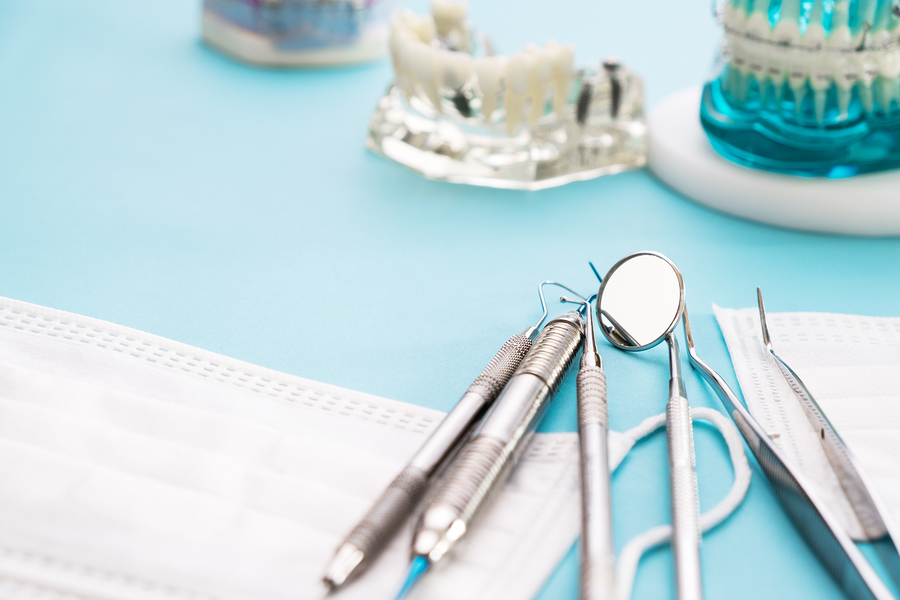Though you may not have heard this term before, it’s one you should know, particularly if you are one of the thousands (if not millions) of people who suffer from unexplained headaches or other neuromuscular pain.
Physiologic dentistry is concerned with the intersection of physiology and dental care. It looks at how problems with the mouth, bite, and jaw can have an adverse effect on the rest of the body, and how to treat those issues with dental interventions. Similarly, physiologic orthodontics is about treating those issues with orthodontic care.
I’ve focused a large part of my practice to this area of study in order to be able to help relieve my patients of their pain, which is sometimes debilitating, and always undiagnosed. One of the most common types of pain I help with is migraines.
Treating Migraines Through Physiological Orthodontics
If you’ve ever had a migraine, you know how debilitating they can be. If you’ve never had a migraine, then count your blessings – all you need to know is that the pain is intense, it can come from nowhere, it can last for hours, and it can be difficult to treat, even with modern medicine.
Some unexplained migraines originate from problems with the jaw joint, aka the temporomandibular joint (TMJ). When that’s the case, I can help. I’ve helped many people find relief when they had no success before with chiropractors, neurologists, and headache specialists.
Treatment for migraines is in two phases. Phase one: A temporary appliance is used until the patient gets comfortable. Phase two: Dental treatment like crowns or veneers, or orthodontic treatment like braces, is done to make the treatment permanent. The purpose is to fix the bite so that the jaw works as it should, and the source of the headaches disappears.
When You Want Something Done…
A number of times in the past, I’d work with patients suffering migraines and through phase one would help alleviate their headaches, then I’d refer them to an orthodontist to move the teeth and make the fix permanent in phase two. Unfortunately, orthodontists who didn’t have a solid grounding in physiological orthodontics didn’t continue with the proper treatment plan, the new bite was “lost,” and the patient was back to square one.
This happened until I decided enough was enough. I didn’t like sending my patients off to someone else, unsure of the results they’d receive. Instead, I was determined to learn it myself, and I did. While I’m not an orthodontist (because I didn’t complete training in orthodontics after dental school), I have devoted hundreds of hours of study and training in the area of physiologic orthodontics to the point where I can provide the phase two treatment myself. Being able to care for my patients from start to finish has been satisfying for me and, more importantly, much more effective for them.
Getting the Care You Need
There are no hard and fast numbers, but I’d estimate the number of dentists and orthodontist with a focus on physiological dentistry or physiological orthodontics to be small, under 5%. That means that if you’re interested in working with a provider who has a solid foundation in this area, you’ll have to search.
Reasons to seek out a physiological dentist or orthodontist include snoring, sleep apnea, mouth breathing, unexplained headaches and migraines, unexplained shoulder, neck, and upper back pain, clicking in the jaw, and teeth grinding, just to name the most common symptoms I see. If you’ve been experiencing any of these symptoms for a while and haven’t found any relief, I urge you to see a professional with a holistic philosophy. Look at experience, as that’s the most important factor when it comes to outcomes. A dentist with training in physiological orthodontics (like me) may be able to provide better treatment outcomes than a board-certified orthodontist who doesn’t have the same hands-on experience.
Life is too short to live with chronic pain. If you’re experiencing migraines or any of the other symptoms listed above, physiologic orthodontics might be the answer. Relief might be closer than you think.

 Dr. Ami Barakat
Dr. Ami Barakat